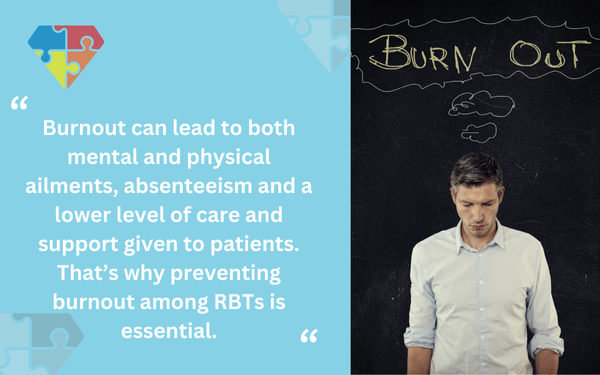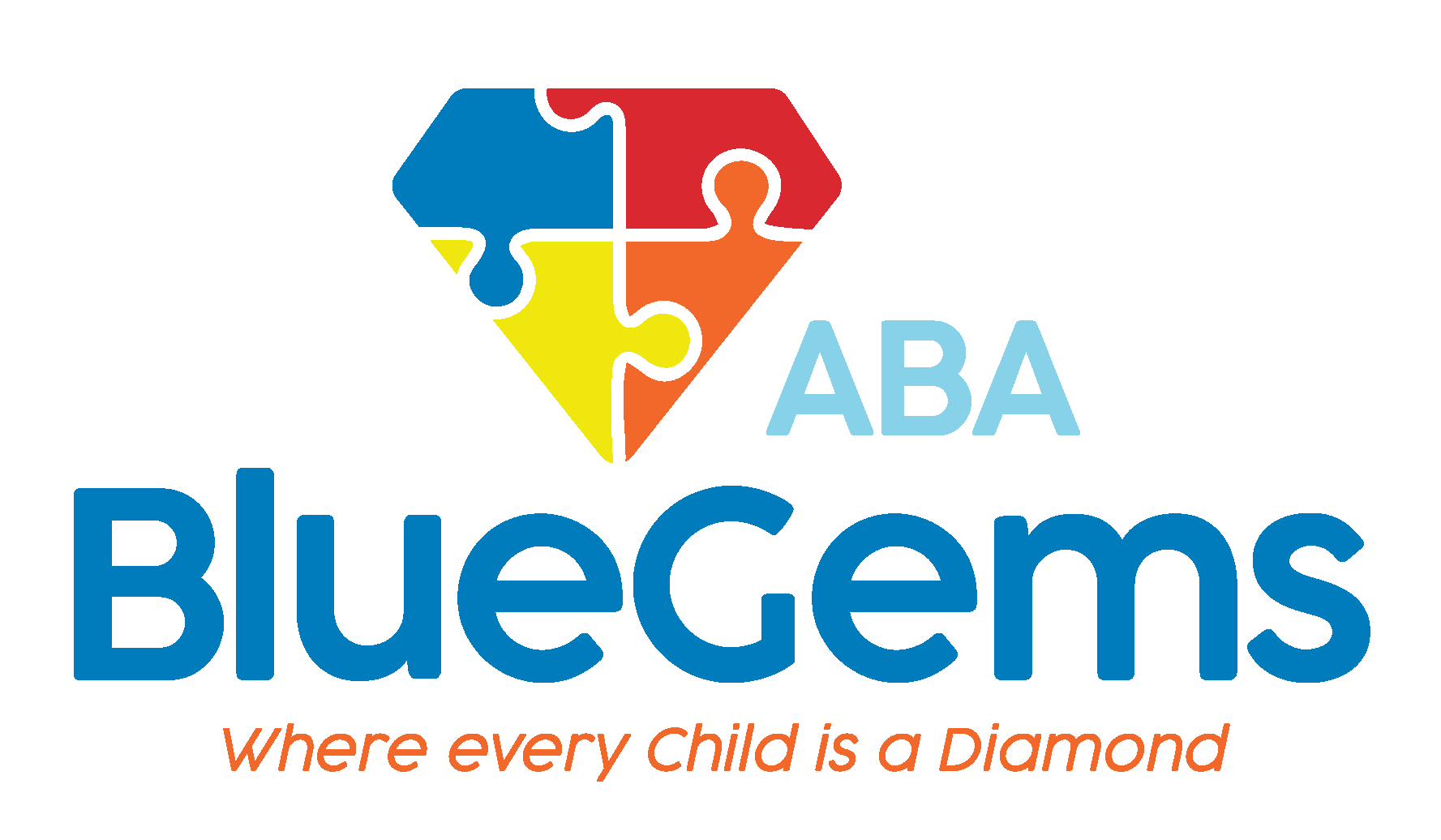Creating Burnout-Prevention Plans for RBTs
The job of a Registered Behavior Technician (RBT) can be very rewarding and fulfilling. RBTs are often directly responsible for administering applied behavior analysis (ABA therapy) on a one-to-one basis to children with autism spectrum disorder (ASD).
At the same time, the job can be very challenging, full of stress, disappointment and frustration. All of this can lead to significant burnout among RBTs, which has many ill-effects.
Burnout can lead to both mental and physical ailments, absenteeism and a lower level of care and support given to patients. That’s why preventing burnout among RBTs is essential.
In this article, we’ll discuss how to create burnout prevention plans for RBTs to ensure you have happy, healthy, supported and productive employees.
Table Of Contents
Conduct Assessments and Encourage Self-Assessment
The first step in creating burnout-prevention plans for RBTs is to conduct assessments of your team. You should have data on things such as how many times people called out from work, how many sessions they missed and what some of the reasons they gave for doing so were.
This employee data will provide you insights into the potential underlying causes of this absenteeism, and whether any of it is related to burnout.
While conducting these assessments at a supervisory level is important, it also relies a lot on feedback given by employees themselves. In other words, you will be taking their word for why they’re calling out sick, for example.
Some employees may mask the situation or not tell the whole truth for fear of repercussions. That’s why it’s equally as important to encourage employees to conduct wellness self-assessments.
They should know what some of the common signs of burnout are, the dangers of burnout and what they can do if they’re experiencing any. Then, they should be encouraged to report that to the supervisors so they can receive the proper support.

Provide Direct Response Support
Once you’ve conducted the above assessments, and are constantly encouraging employees to do it on their own too, then you can start to provide tailored support based on the feedback you received.
In many ways, this is very similar to how ABA therapy will create personalized treatment plans for patients based on what evaluations, assessments and data analysis reveals about their strengths, challenges and preferences.
What support looks like in this realm, then, will depend on what stories the data uncovered. For instance, your employees may be feeling burnout because they aren’t getting enough hands-on support from their supervisors, or clear expectations aren’t being set for them.
In response to this, you might work on creating standard operating procedures for creating job plans, personalized goals and ongoing objective assessments and feedback for each individual RBT. This could provide them with a better measuring stick for what’s expected of them, which could lead to them being better at their job and more satisfied with their work environment.
Other examples could include creating a peer mentorship program, rolling out more professional development and training programs, and/or giving more opportunities for career advancement.
| Section | Strategy | Examples/Actions |
|---|---|---|
| Conduct Assessments | Track absences, missed sessions | Use attendance data, ask for reasons, track patterns |
| Encourage Self-Assessment | Promote wellness awareness | Educate on burnout signs, encourage self-reporting |
| Direct Response Support | Tailor solutions based on feedback | SOPs, mentorship, training, clear expectations |
| Mental Health Support | Offer resources & company-wide programs | Therapy access, gym/yoga perks, financial wellness tools |
Focus on Mental Health
So much of burnout is related to mental health. How people feel about their job, the work they’re doing, the support they’re receiving from their supervisors and company as a whole all plays a vital role in whether they feel valued and whether they develop some of the burnout symptoms.
There are many ways that you can work mental health awareness and support into burnout-prevention plans for RBTs.
At the supervisory level, constantly reassure them that you are there to support them — and back up those claims by playing an active role in their development, growth and performance. Enabling and encouraging two-way ongoing feedback will certainly help in this regard.
At the company level, provide employees with mental health resources as part of health benefits plans. This could include access to mental health professionals such as psychologists or psychiatrists, unlimited PTO plans, support with financial resources and education, memberships to gyms and yoga studios, and so much more.
All of this will prove to employees that you care about their overall well-being, both inside and outside of work, which will make them feel appreciated, empowered, included and valued. When you create an environment such as this, employees are able to more effectively prevent burnout.
Blue Gems ABA Supports Employees in the Quest to Support Children with ASD
Burnout is a very real risk for RBTs and others in ABA therapy. While the job is very rewarding and fulfilling, it can be overwhelming and stressful, too.
At Blue Gems ABA, we value the well-being of all of our employees, and work hard to create an environment that is supportive and helps to prevent burnout. In doing so, we help them become happier and more productive employees, which results in better support given to the children with autism we serve.
To learn more, please contact us today.




